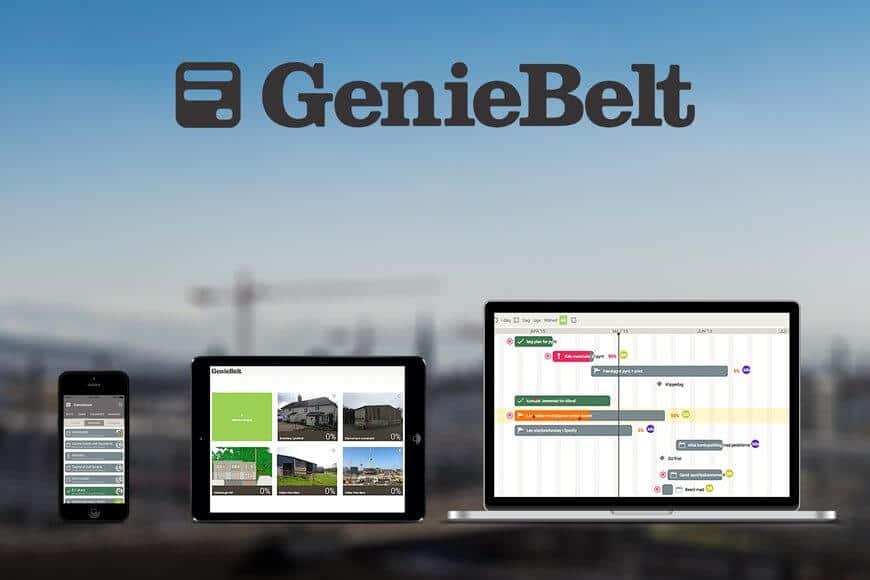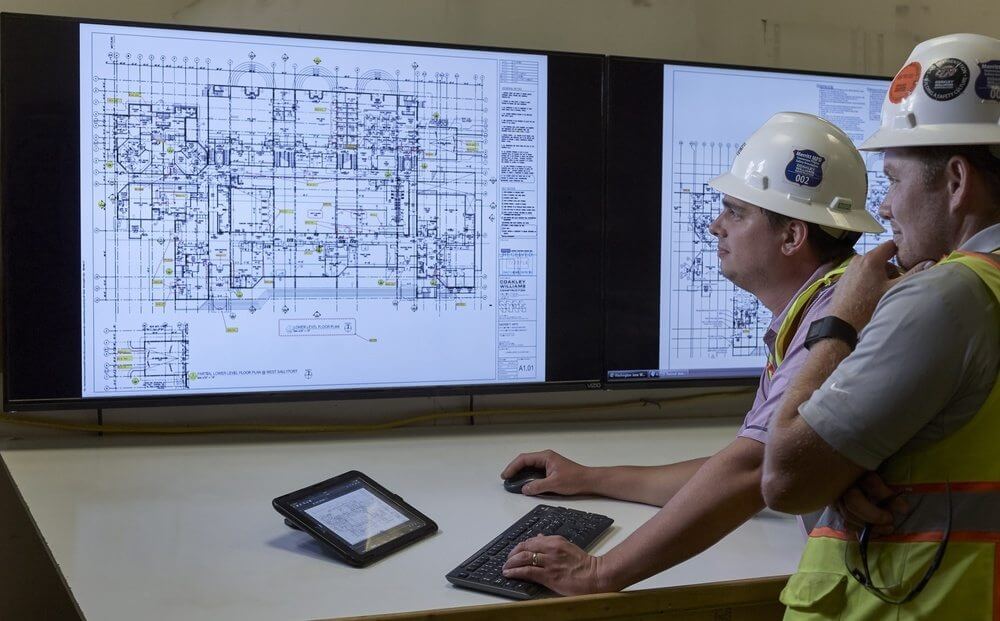Some of us, mefor example, came into Construction through the back door! In an earlier life, believe it or not, I worked in Cost Offices, as an Accounts Clerk, for the motor manufacturing industry. This isn’t the time or place to run through the rest of my working life, but I eventually became a Site Agent on housing sites. When that happened I brought to my sites the meticulous document storage standards I’d learnt earlier.

The years went by and I seemed to get more and more project turnaround roles on jobs that were running well behind programme. What I inevitably found when I walked into the Site Office was that the documents were just heaped up all over the desk, tables, chairs and even on the floor! The craziest bits of paper to be left without being properly stored were the drawings! The skilled trades were often unaware that there had been a design change and they were working to superseded drawings! Not good! As for the heaps of documents I saw it as a priority to get them all read, acted upon if necessary, and filed away properly. For the first week or two on that site I’d be there until 10 at night doing this!
Check Out How Construction Document Management Software Can Save You Thousands
Usually someone had done their work properly prior to site set-up and there was, in the office, sufficient document storage facilities for all the documents to be properly stored and easily found when it was necessary to refer to them. How do bits of paper get stored? In filing cabinets with carefully thought-out labels on each suspension file! To accommodate all the documents there would probably be five filing cabinets in the Site Manager’s office, along with a chest of drawers for the superseded drawings, a drawing table to put the current issue of drawings on for instant referral, shelves to be filled with lever arch files for some documents.
That lot, along with a desk plus, often a second desk for the Project Manager to use when he visited site, filled a 20-foot office container. That left no space for the site Quantity Surveyor so a second 20-foot office container was required for his use. How and what he filed I can’t say; who is interested in what the “bean counters” get up to?
Find here: How 4D scheduling works like a charm in GenieBelt
Anyway, rule of thumb, because the documents tend to pour into site offices, either via the postal service or with people dropping them off, I reckon I used to spend a couple of hours every evening filing them away properly. This was after the majority of thelads had finished for the day and I had no interruptions. That was good – if I was working away from home and being paid by the hour. If I was working from home and, even worse, being paid a day-rate, I hated it! I was also jealous of the QS’s! Because they weren’t spending their time having to be accessible and approachable to everyone and being pestered all day long, they usually managed to get away as the site officially “closed” for the day!
All this refers to something like a £5 million contract that runs for about 6 months. So to condense that lot – document storage for construction requires 10 filing cabinets, a second office container and several hours a week form the site management team! But, but …. This is only for the Main Contractor! Each of the sub-contractors involved have to deal with their own documentation, as do all the Consultants and Architects involved. The other one lumbered with loads of documents are the Clients! But, but ……
This document storage that we’ve discussed just applies to the period during which the project is actually running on site! Now I don’t know the time period for other countries, but in the U.K. the Tax Man requires that all these construction documents be retained for 6 years! Have you ever been into the archive storage area for the construction documents that companies have to keep? It can occupy as much space as the office staff take up and is full of hundreds of filing cabinets and lined with shelves full of lever arch files!
It becomes pretty obvious that document storage for construction is a pretty expensive business! It increases site overhead costs and site labour costs. Once the job has finished it then pushes up Head Office costs for the size of the building and labour costs to get the da**ed bits of paper filed away for future reference – and that is only just in case the Tax Man decides to investigate in depth!
CONCLUSION:
Do away with Documents Storage for Construction and we will live in a more pleasant, less expensive industry! Get the App; go Cloud Computing! Go GenieBelt – the future for global construction!



